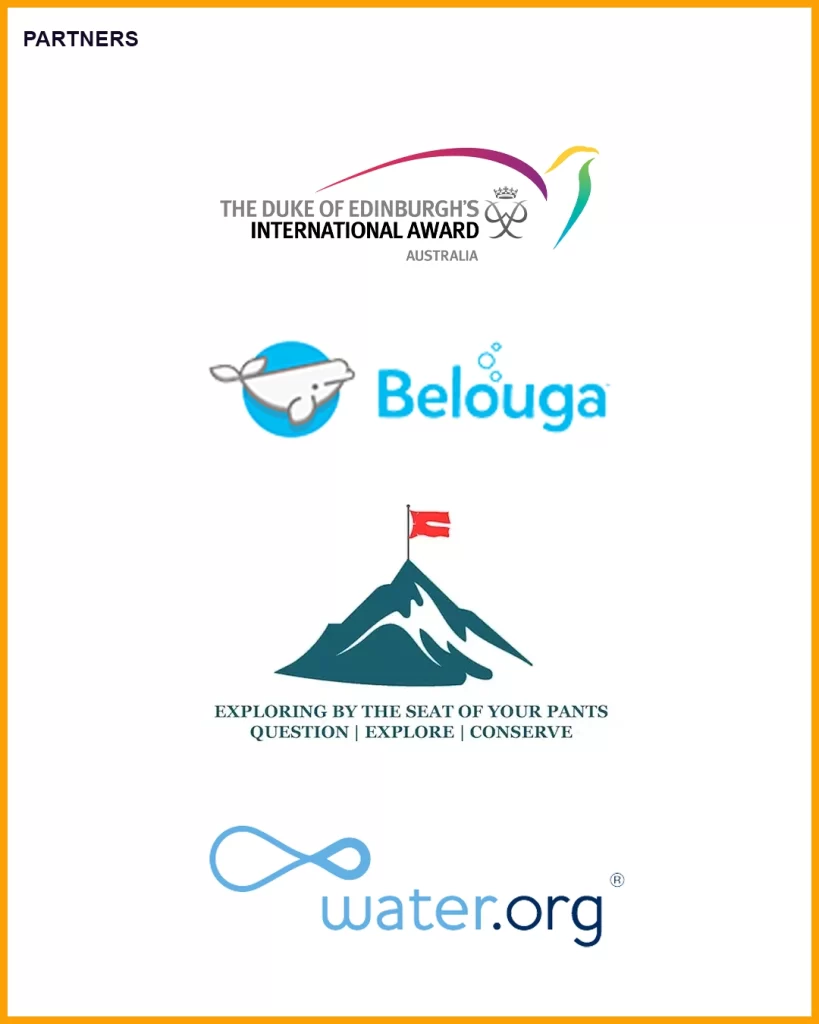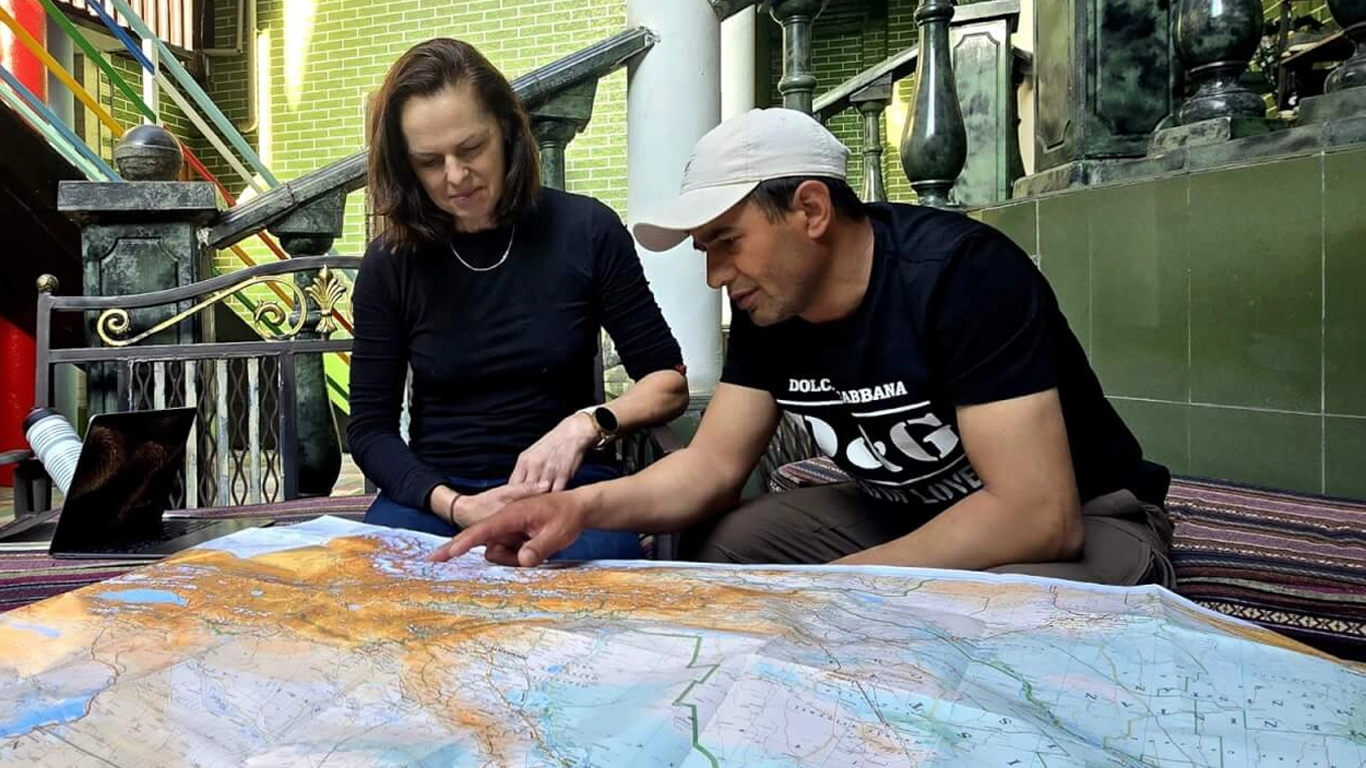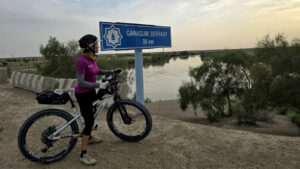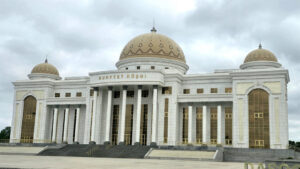The first six days on the road have been very hectic and I haven’t found time to publish this blog until now.
I decided to make Dushanbe, the capital of Tajikistan the expedition base as it is most central to the expedition, roughly half way between the Syr Darya and Amu Darya (rivers) that I will be following. Arriving after 2am on 18th after a 25 hour flight, I was very pleased to meet Alisho Sultonasaynov and his cousin, Karim who will be supporting the journey in Tajikistan. Georgia, the filmmaker for much of the journey arrived a day later.
Three days in Dushanbe were spent recovering (from the flight and some crazy weeks in the lead up to the expedition). The city seems vibrant. Soviet-style buildings still dominate the city scape but there is a lot of development going on, Chinese-sponsored electric taxis were everywhere. Our arrival coincided with the Navrus celebrations.
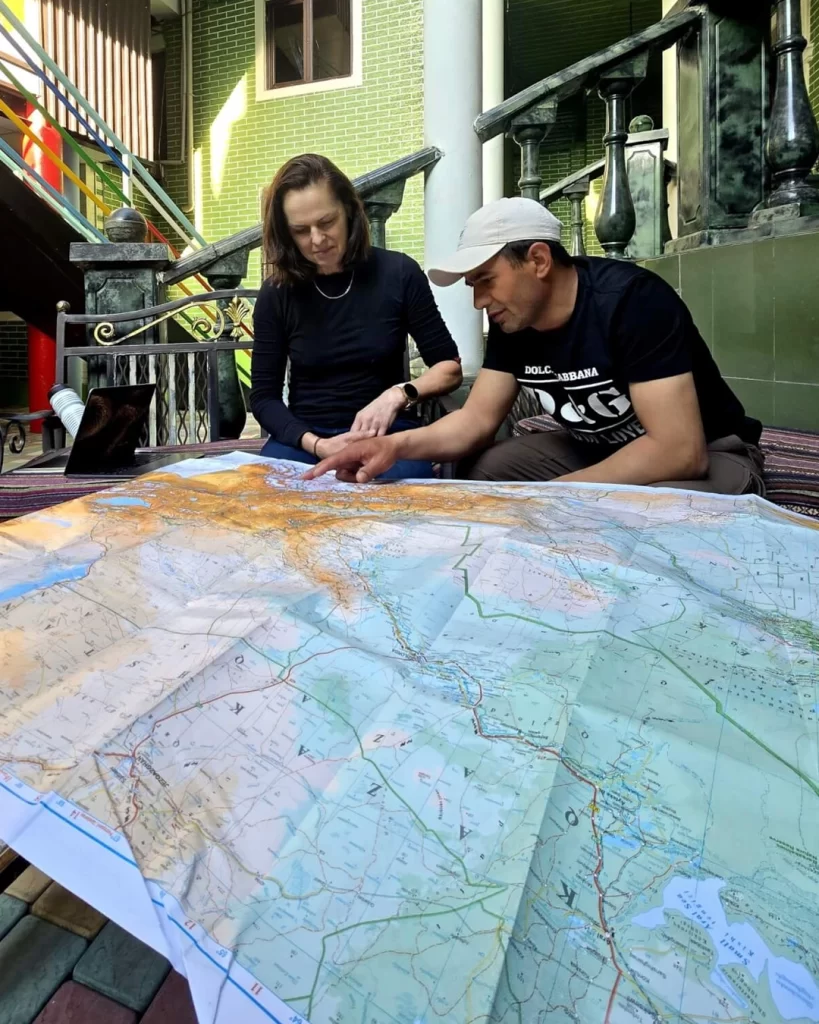
Tajiks are of Persian origin and Navruz is the spring solstice celebration that marks the beginning of the New Year according to the traditional Persian calendar. It was a very happy celebration. The crowd was entertained by a concert, dancing and fireworks; the women beautifully dressed in their sparkling garments. The smaller green tower represents the new growth of a wheat crop.
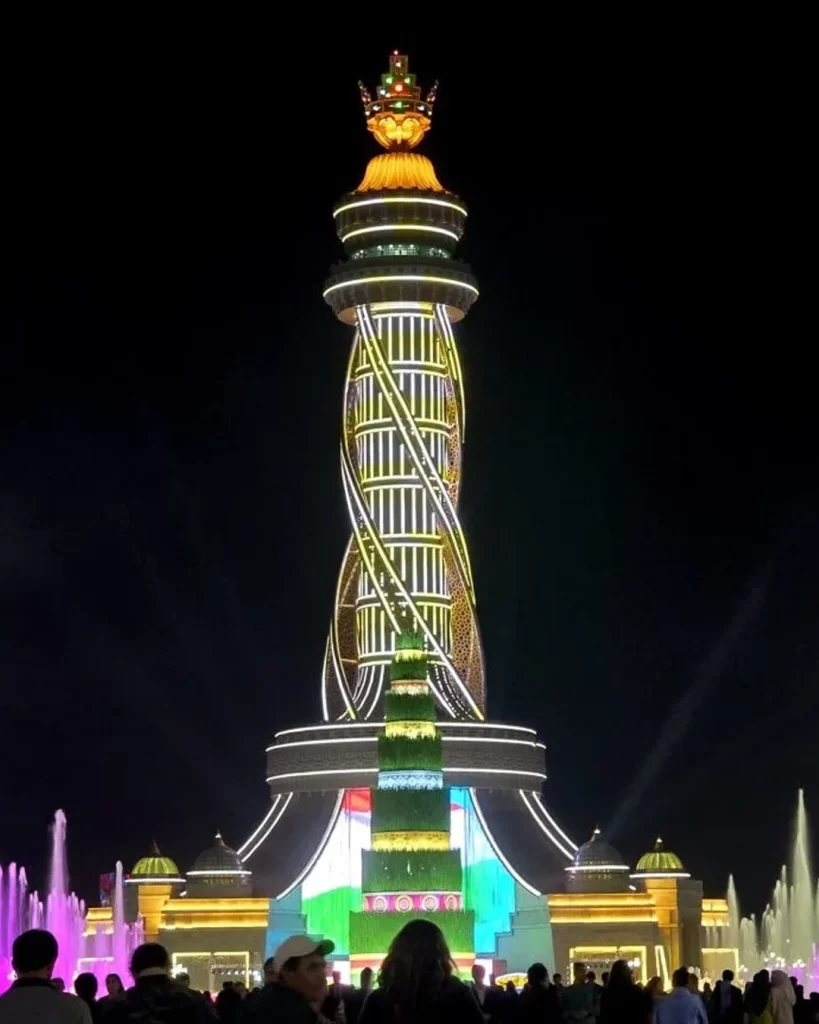
The drive to Tajikistan’s second city, Khujand was a spectacular one, over two snow-capped mountain chains and the Zerafshan River. Arriving in Khujand on World Water Day, it was great to finally see one of the two rivers whose course I will follow on this expedition.
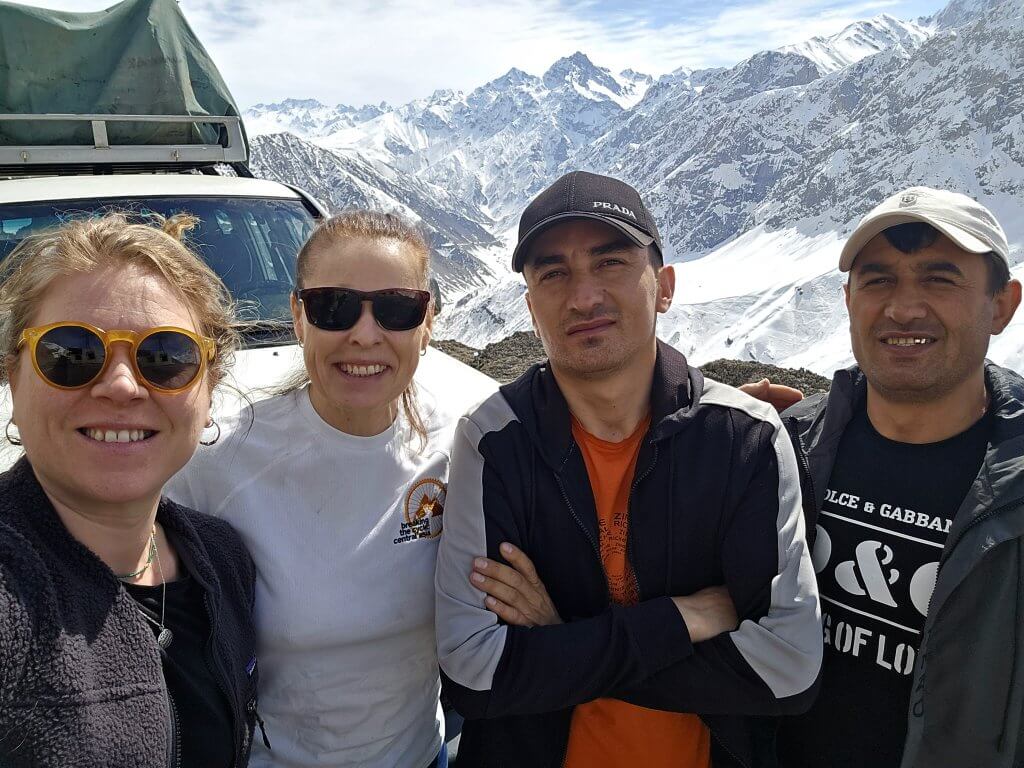
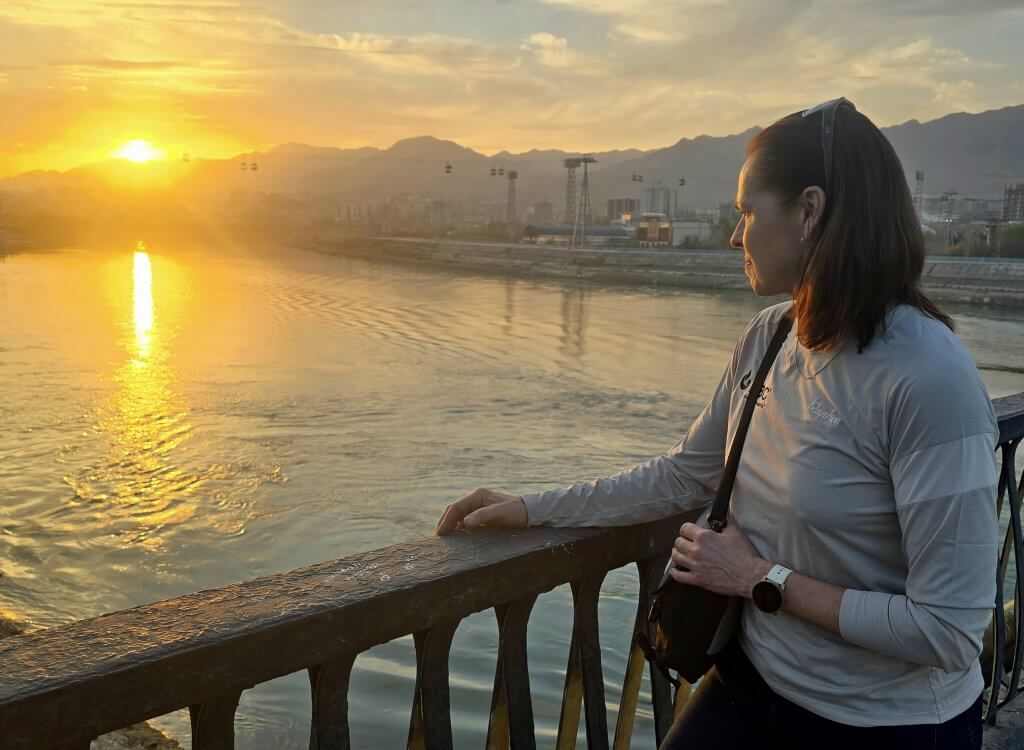

KHUJAND
Khujand was founded on around 329BCE by Alexander the Great who developed it from a small village to the most northerly capital of his huge empire, the border of which was the Syr Darya – known as the Jaxartes River in antiquity. The highlight of visiting the Khujand museum was a room dedicated to Alexander the Great’s life. The mosaics, made from locally occurring stones, depicted represented pivotal scenes from his life.
We took a day to look around town and prepare for the journey ahead
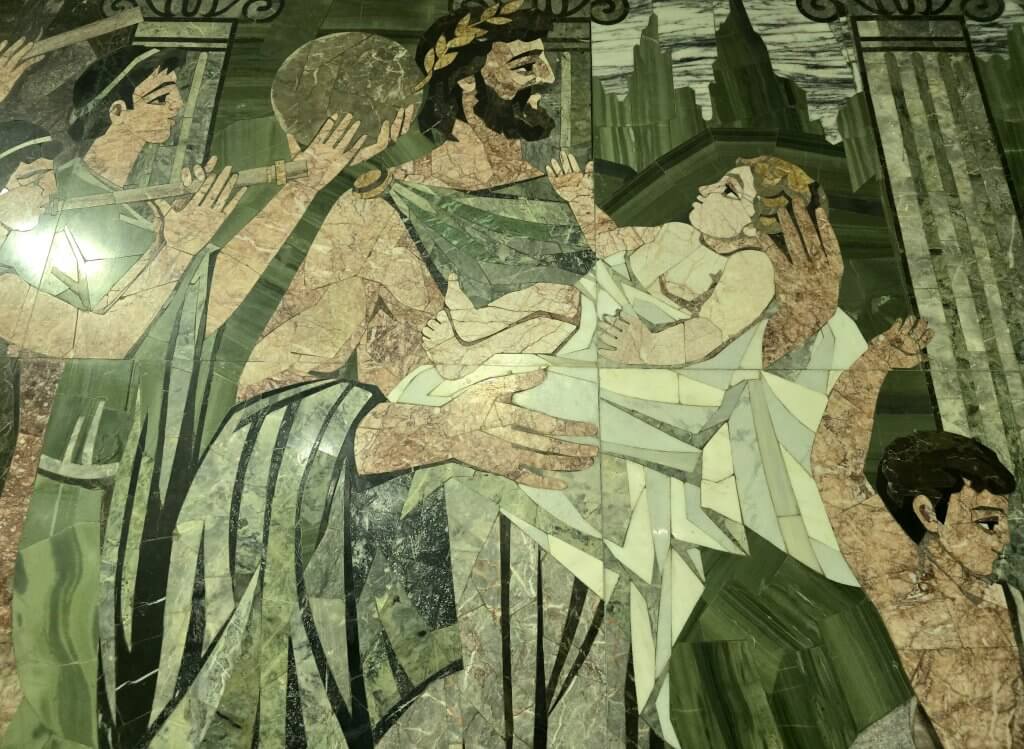
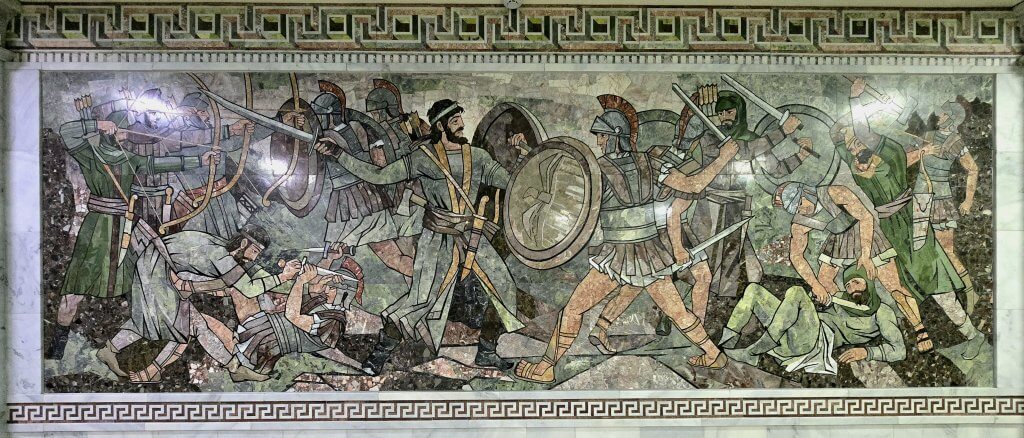
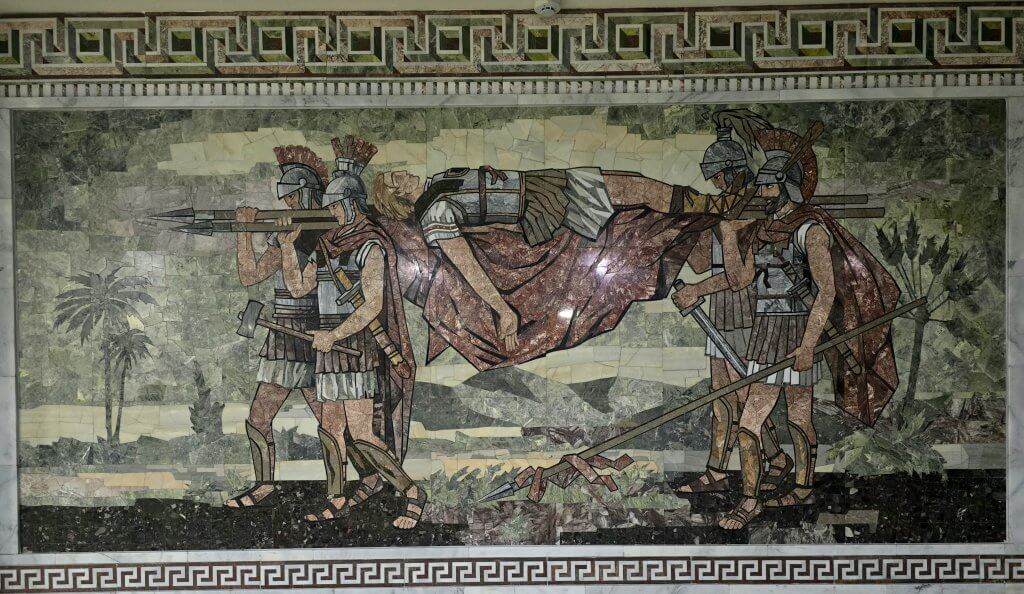
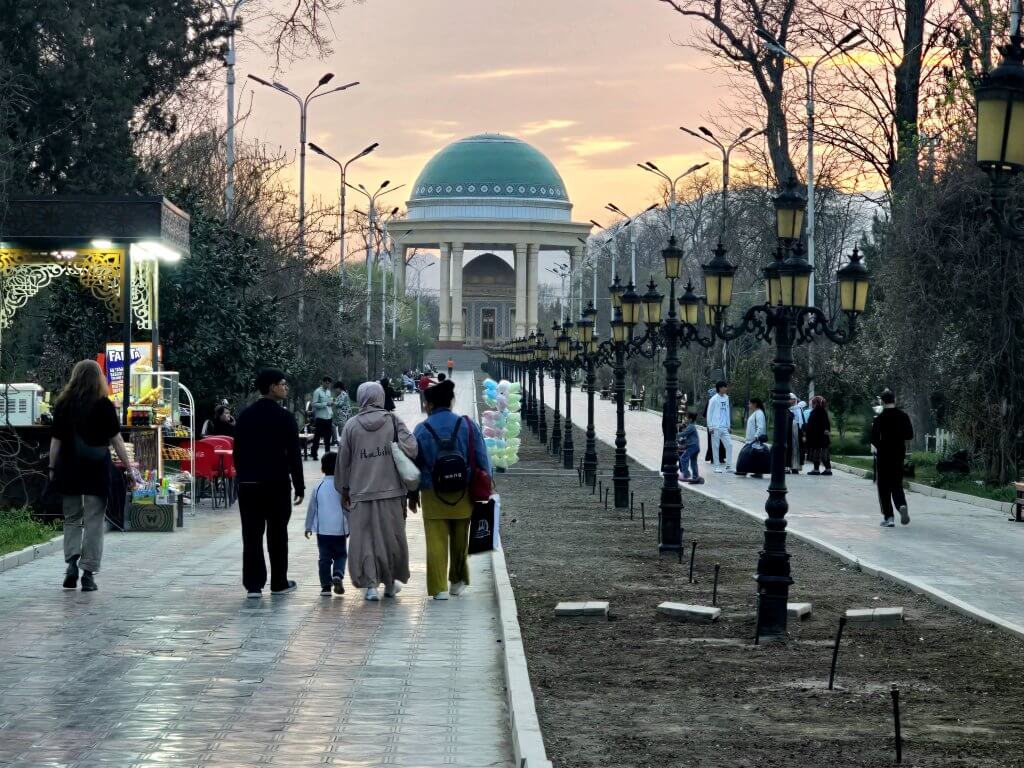
THE START – MARCH 24th
DAY 1
As planned I started from near the banks of the Syr Darya. Day 1 was always going to be a huge day because not only did I have to ride 122km, there was a border crossing to negotiate and a new Uzbeki driver to meet on the other side of the border. What I hadn’t imagined was the forecast for rain.
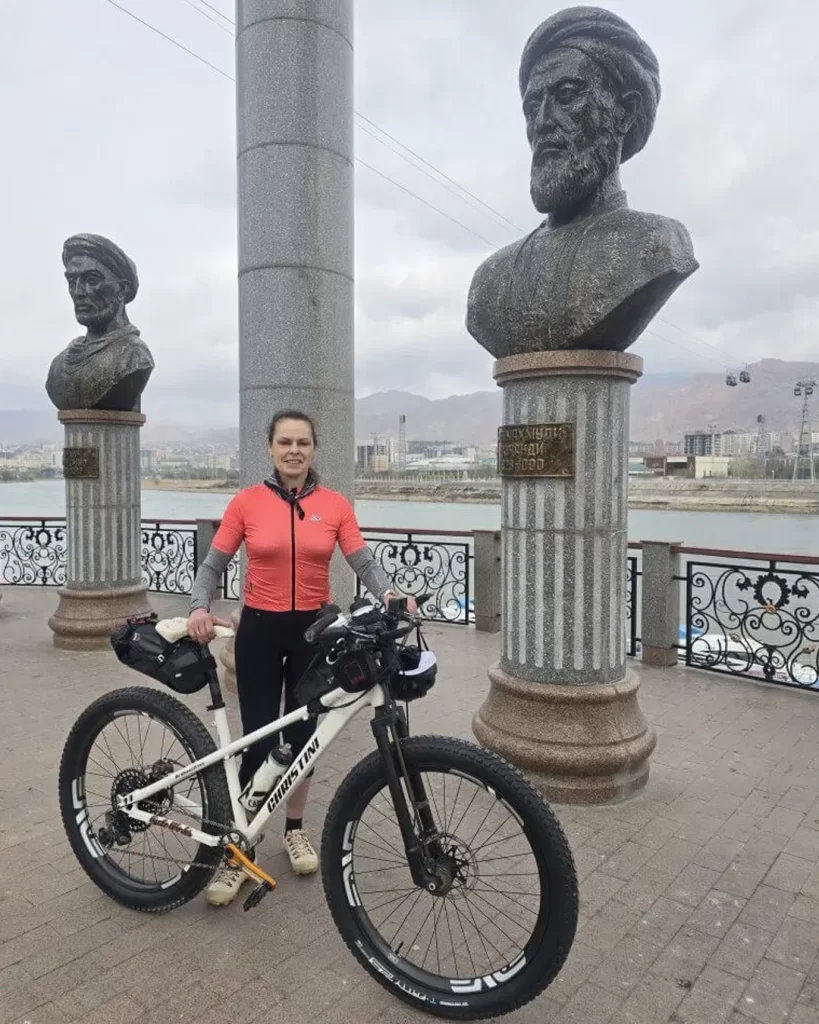
On this expedition I am trying top follow the rivers as much as possible, so rather than taking the most direct main road over the mountains, I tracked the northern bank of the Syr Darya, sandwiched between the river and mountainous wall. After about 10km, I had left Khujand behind and was into a rural pocket of Tajikistan. The landscape was a patchwork of small holdings. As they were entering Spring, the fields were mostly just planted and blossoms were out on rows of walnut and apricot trees. Everywhere were small irrigation systems and I noted quite a few leaking pipes.
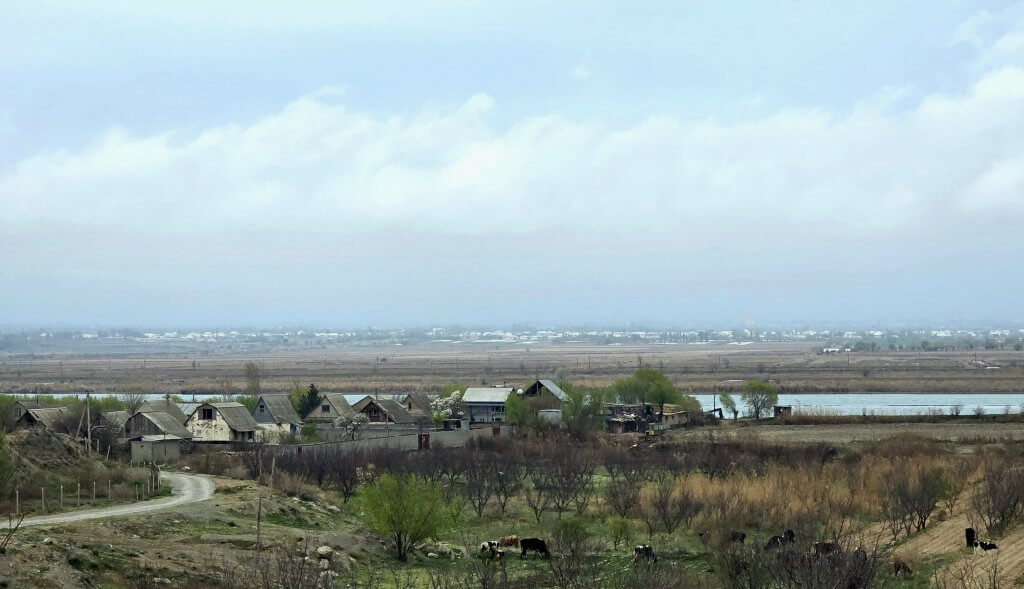
The rain started to fall after about 20km – about the same time the asphalt ran out and we weaved our way along muddy gravel tracks – this is not the usual tourist route and Alisho and Karim had never been down this route before. We took a few wrong turns and pretty soon I was splattered with mud and starting to get cold and wet.
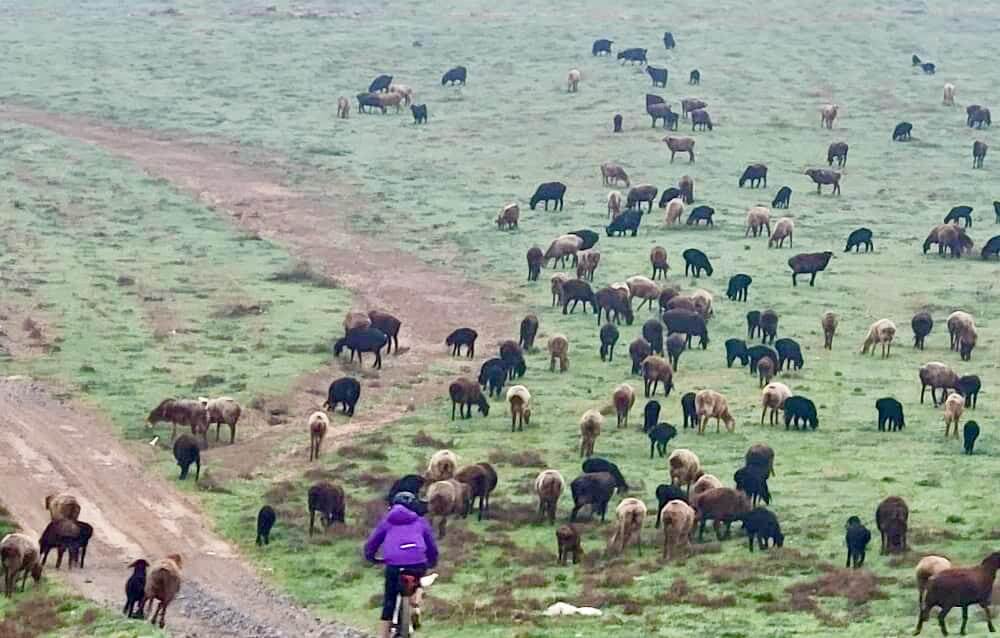
After 36km I reached as far as I could go along the river – there was a local border crossing with Uzbekistan that we were not able to take. Instead we turned north, parallel to the border and through an industrial region. Road maintenance was obviously not a priority in regions that few people other than locals frequent. The once asphalted roads were shocking and busy – not a lot of fun in the rain.
The border crossing after 90km was a real challenge. Our drivers are unable to cross the border so Georgia and I had to walk, carrying our gear across – initially cart operators took our bags and I cycled, but then came the hassle of customs and immigration, all while I was freezing cold and wet. The process took about 90 minutes – and on the other side, I found our new driver, Samvel in the car park holding up my name – he doesn’t speak any English and didn’t seem to have any idea of what to do except we needed to get to the nearest town, Buka, another 30km away. This ended up being a white knuckle ride – it was the main road to Tashkent, there was a lot of traffic and it was getting dark. It was such an epic day for a first day and I was beyond tired. My life depended on me staying 100 percent switched on. It was about 7.30pm and dark when we finally made it to Buka. Then we couldn’t find accommodation. Entering a cosy cafe, I could no longer feel my fingers and toes and was mildly hypothermic. We fell on our feet. There was no accommodation in town and the owner of the cafe, Aziz, offered for us to stay at their place once we’d eaten.
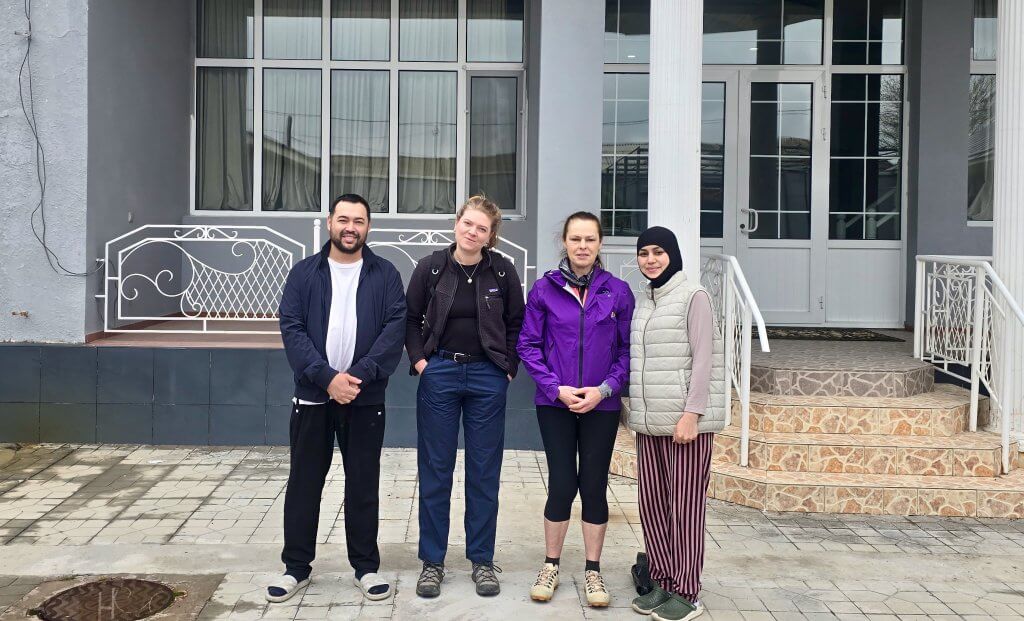
DAY 2
The rain continued the following day and riding the last 64km into Tashkent, where huge volumes of traffic were funnelled into one main thoroughfare. I had to keep the support vehicle in sight, avoid huge potholes and watch for 360 degrees of traffic as lanes of streaming cars merged and peeled off. Somehow we made it to the hotel I’d booked in one piece.
TASHKENT
I needed a day to catch up and see some of Tashkent. It was also evident we needed an English speaking guide to communicate with the driver and the people we met – that part hadn’t been going well so far. Djamshid, the organiser of the support in Uzbekistan found us a very capable young student, Ilhom to accompany us for the last five days of this Uzbekistan leg of the journey. The weather was still against us, but after taking care of a few administrative chores, we got to experience some of the city. Tashkent was a Silk Route city, and the fourth largest city in the former Soviet Union. In 1966, the old city was virtually flattened by an earthquake measuring 9 on the Richter Scale. Most of the city has been rebuilt and has modern architecture. However a few pre-1966 buildings remain.
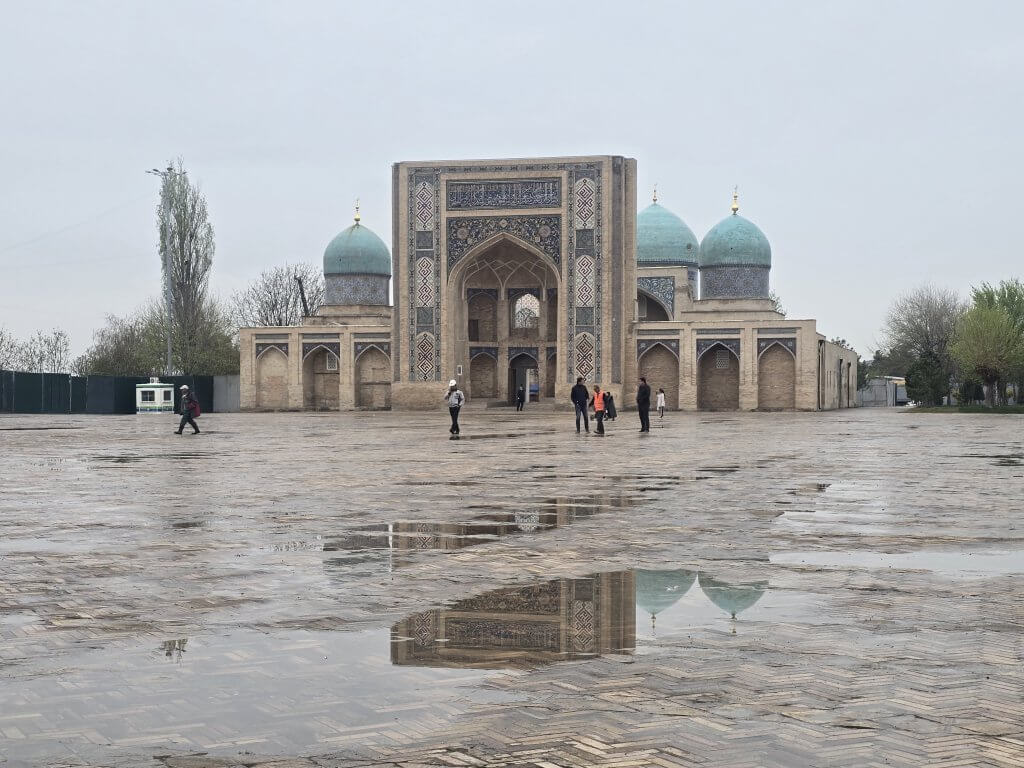
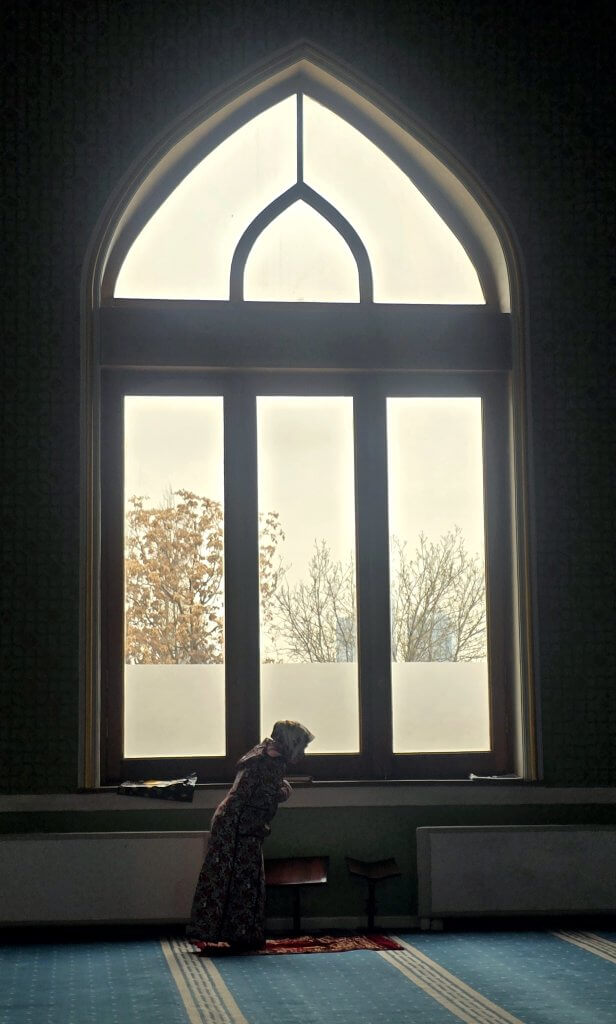
Before being treated to a traditional Pilaf for lunch, we got to see how Besh Qozon (restaurant) feeds the masses – open wood fires bake fresh bread while huge cauldrons of wood steamed rice and pilaf ingredients are combined…
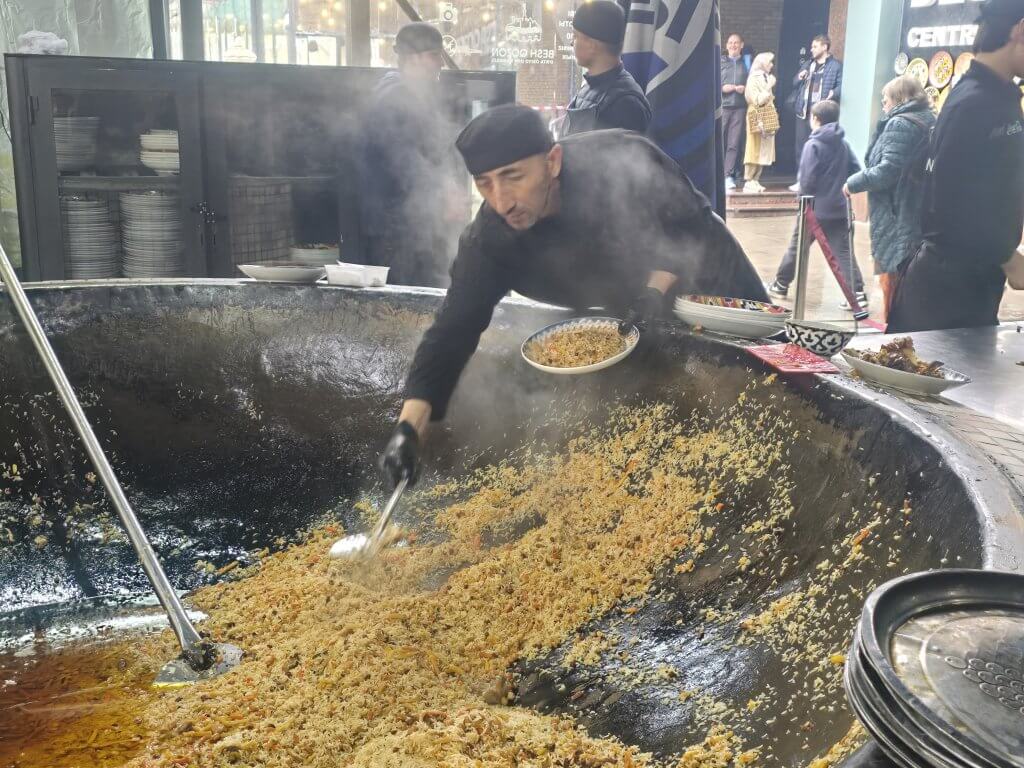
In the evening I recorded my first presentation for my education partner, ExploringByTheSeat.com. And next, I’ll describe the second part of my experience cycling through some rural parts of Uzbekistan – places tourists don’t go. (I need sleep but really wanted to get this published).
FOLLOW THE JOURNEY
Thanks to ZeroeSixZero, you can open this URL on your phone and select “add to home screen” and the map will become and app. You can then keep updated in real time.
TAKE ACTION
Support my Water.org fundraiser to help bring safe drinking water and sanitation to the world: Just $5 (USD) provides someone with safe drinking water or access to sanitation, and every $5 donated to my fundraiser will enter the donor into the Breaking the Cycle Prize Draw.
EDUCATION
An education programme in partnership with Exploring by the Seat of Your Pants, with contributions from The Royal Geographical Society and The Duke of Edinburgh’s International Award Australia. We have created a Story Map resource to anchor the programme where presentations and updates will be added as we go.
SPONSORS

PARTNERS
